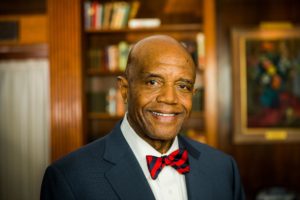Download the Interview (PDF) 1 MB
About Ronald A. Crutcher
 Ronald A. Crutcher is a national leader in higher education, a distinguished classical musician, and a professor of music. He became president and professor of music at the University of Richmond in 2015, having previously served as president of Wheaton College in Massachusetts for 10 years.
Ronald A. Crutcher is a national leader in higher education, a distinguished classical musician, and a professor of music. He became president and professor of music at the University of Richmond in 2015, having previously served as president of Wheaton College in Massachusetts for 10 years.
Crutcher was founding co-chair of Liberal Education and America’s Promise (LEAP), the Association of American Colleges and Universities’ (AAC&U) national campaign to demonstrate the value of liberal education. He writes and speaks widely on the value of liberal education, democratic purposes of higher education, diversity and inclusion, and free expression on college campuses.
Crutcher is a Phi Beta Kappa graduate of Miami University in Ohio, and earned his master’s and doctoral degrees at Yale University. He currently serves on the boards of AAC&U and the American Council on Education.
The Interview
Q: In general, what do you feel is the role of higher education in breaking down barriers across race?
I happen to think that higher education has an essential role to play, because the fact is—we live in a segregated society. If you are aware of the Public Religion Research Institute, 75 percent of Whites in their survey said they had only other Whites in their primary social network; 65 percent of Blacks reported similarly homogenous networks. Basically, we’re still living in a segregated society. And that plays itself out in two very important community institutions: the church—some people say the church is the most segregated institution on a Sunday morning—and schools.
Higher education, across all sectors, offers the last stop where we can intentionally engage [our students] in these issues and help them to grow and stretch and develop in a manner such that they have the tools and resources to interact with people who are different from them, who look different from them, who come from different cultural backgrounds, or who have different political ideologies. I mention “across all sectors” because opportunities for encouraging these experiences can vary. Obviously, at highly residential institutions you have a great opportunity. At commuter schools or those that are less residential, you still have opportunities because you still have a captive audience, so to speak.
Q: So given your life experiences and your professional preparation as a classical musician and cellist, how did you obtain a knowledge base in equity, diversity, inclusion, and social justice in higher education?
I’m a baby boomer. I graduated from college in 1969. In fact, I just came back from my 50th reunion. I wrote a piece in AAC&U’s Liberal Education where I referenced what I’m about to say. Fifty-four years ago when I entered college at Miami University of Ohio, I had been “attending” Miami University since I was 14 years old. I would go every Saturday. I’d take the bus from Cincinnati—I was studying cello there. My cello professor made certain I met other professors. I felt very comfortable on the campus.
When I went to college there, I just assumed things would be hunky dory, that I’d be very, very comfortable. I was shocked when I finally matriculated. I’d never really thought about the fact that I was going to a university that was predominantly White. My high school was predominantly White, so it never occurred to me that I would have any difficulties.
Yet suddenly I was one of only two African Americans in the residence hall, with fewer than 100 Black students on a campus of 10,000 students. I felt really alienated. It shocked me, because I wasn’t prepared for it at all. And I never, ever talked to anybody about it, not my parents, not my professor who had been teaching me for three years, not my fellow students.
When I was in college, I knew I wanted to become a university professor. I wanted to be just like the university professor who had given me lessons free of charge when I was in high school. I made a pledge to myself that I would do everything I could to ensure that other students of color would not have to go through the same kind of experience that I went through at Miami, and what, of course, is very sad to me in 2019 is that some students’ experiences still reflect my own.
From that point forward, even when I lived Germany for almost five years, I made it my business to read and to learn as much as I could about the issues of race and class, of diversity—and it wasn’t called inclusion then, it was called cultural diversity back in the day—as I possibly could. As I began my career, I made certain I was a mentor to students of color, from my very first job as a cello professor at Wittenberg University. When I went to the University of North Carolina at Greensboro, I became the president of the Black faculty and staff association. It’s just something that was a personal commitment that I made.
In terms of the knowledge base itself, I feel I’m always learning more. I can’t do enough.
Q: If you were to educate students differently so that they evolved into more critically conscious, equity-minded citizens, how would you do that if money were not a factor?
If money were not a factor, and I were king of the world, or at least king of the United States, I would not allow any student to go directly from high school into college or university. I would require every student to spend one year in some place in the world other than his or her home doing service of some sort.
When I say doing service, it could be taking a kid from rural Maine and having them go to Harlem. Or for a kid from Harlem to go to an Indian reservation in Arizona, or Texas, or somewhere abroad. I think that most young people, even our brightest and most sophisticated students, do not really value the opportunities that they have to go to college and university. I don’t want to paint with a broad stroke, but I just don’t think at the age of 17, 18, they’re really ready. If they could have firsthand experience of what it is like in communities that are very drastically different from their own, it could be very useful. So that’s a kind of the wild, off the wall idea.
The other one is that I’m a real proponent of intergroup dialogue. I would start with first-year students, whether it’s a residential school or a nonresidential school, and assign each of them to a group where you would have intergroup dialogue with a trained facilitator. The intergroup dialogue program at the University of Michigan has been around for years, but we used it at Wheaton. And it’s really effective. Basically, you take a problem like the intersection of race and class on your campus or in society. Then with a facilitator you go through a finite number of sessions and the end goal is to develop a plan of action. Not a universal plan of action, but a specific plan of action for your institution: What are you going to do? What would you suggest doing to continue the discussion about the subject or to help make this better understood at the university?
On residential campuses, I would not allow students to choose their own roommates. I would assign the roommates. If it’s a state university, roommates from different parts of the state, rural versus urban or suburban. Because, again, college is the last opportunity [for these interactions and experiences].
At my age right now, I grow weary of hearing my mentees talk about experiences that they are having, which mirror exactly experiences that I or some of my friends had 50 years ago. In higher education we ought to be ashamed of ourselves. We can and must do better.
Q: Considering both your academic background and your experience in higher education, what kinds of training, formal and informal, would you recommend for faculty who have said, for example, “These issues are not part of my discipline,” or “Atoms don’t see race.”
Here at the University of Richmond, last year we had our first inclusive pedagogy workshop, which was organized by the Associated Colleges of the South (ACS). We hosted the workshop, but ACS gave us the opportunity for 25 of our faculty members to attend, and 55 of our faculty indicated an interest in attending. So we ended up doing two workshops. Out of that workshop, we developed a faculty inclusive pedagogy cohort, which met throughout the fall and spring semester last year. That group, working with our associate provost for faculty, actually organized another workshop on campus in May, at which we had more than 100 University of Richmond faculty attend.
Through a new faculty development initiative, we are offering an Early Career Seminar, which includes four sessions on inclusive pedagogy led by an expert. It is not mandatory, yet more than half of the new faculty are choosing to do it. We’re also going to incorporate a module on discrimination and sexual assault prevention for all of our incoming faculty. All employees will be required to do it. I am underscoring that “required” because that’s a point of contention. We required all of our staff to do it this past year.
I am a firm believer that if you want to sustain a certain culture in your organization, then you have to be very intentional and thoughtful about the way you orient newcomers into your organization. So the other thing I would do with new faculty is assign each of them to an intergroup dialogue group.
Q: So it sounds like starting with new faculty is a really good strategy. How do you work with the ones that are there that maybe are not coming to these workshops and are not interested in doing these trainings?
The way you do that is to include it as part of the rewards system. At our university, our focus is on the teacher-scholar. So we require ongoing output of scholarship and creative work, but at the same time we expect good teaching in the classroom. So you put into your expectations that part of good teaching is being able to be an effective teacher to everyone in your classroom, regardless of where they come from, regardless of their sexual orientation, regardless of their race or their ethnicity.
It’s critically important to me. And everyone has to buy into it—everyone. The leadership has to buy into it, the deans, department chairs. Department chairs don’t even really have to buy into it because once you turn down enough of their candidates, they’ll get the picture. I like to be more positive than that, to find ways to provide more “carrots,” but at the end of the day in some situations that’s the only way to get people’s attention.
Q: From your perspective, what are the most immediate opportunities for college and university presidents around cultivating an inclusive campus where diversity, equity, and inclusion are actually woven into the cultural fabric?
From the very beginning you have to be an articulate advocate for these issues. When I say articulate, I mean you need to be able to articulate what the institution is going to look like if indeed we as an institution are intentional about our equity-minded practices and intentional about ensuring that we put in policies, procedures, and practices that everyone in our community, regardless of their background, of their race, their ethnicity, their sexual orientation, their class, everyone feels as if they belong and can fully participate in the institution to the extent that they want to participate.
Under my predecessor, President Ayers, the University of Richmond had become much more diverse than ever before in its history. When he came here, only 9 percent of the students who came here were Pell Grant eligible. By the time I arrived that number was up to about 15 percent. In 2007, when Ayers came, only 11 percent of our undergraduates were students of color. When I arrived, in the first-year class, it had risen to about 28 percent. Now across the board we’re at 28 percent domestic students of color, 8 percent international students, and about 17 percent are Pell Grant eligible. So the message that I gave in my inauguration speech was: This is great progress and great work and representational diversity is critically important, but it’s only the first step. Now what we need to do is to take the rich diversity and ensure that we use it to help change the culture of the institution, change the culture such that everyone in the institution feels as if they belong here, as if this is their home. Everyone has equal opportunity to grow, change, and develop here while they’re at the institution.
Then [you need to] talk about, “This is what we’ll look like if we do it.” In my long career, what I found, is that one of the mistakes we made back in the ’60s is we really didn’t focus enough on: “If we bring these different groups to the campus, this is what will result. This is what the campus culture will be like.” I think too much focus was on [that] this is the right thing to do. This is the social justice thing to do, which it was. But that’s only kind of the first step. We should have focused more on what the institution is going to look like and be like and culturally feel like if we invite these unknown brothers and sisters into our mix.
The other piece that was missing was that we didn’t talk enough about what the interaction of these groups is going to look like at the end of the day. What does it mean to have people from all around the world and all around the country, all different races and religions and ethnicities and political ideologies together? Why is that valuable from an educational perspective?
I think as leaders you have to constantly be reminding people of what the end looks like, and about the why. Why is this all important? Why are we doing it? And then find ways to really lift it up visually on a website.
I’m a real advocate for disaggregated data—20 percent, 30 percent of your student body are students of color. Okay. That’s great, but how are they doing? Are they graduating at or above the same rates as the rest of the student body? Are they participating in high-impact practices at the same rate as other students? That’s one of the first things I asked for when I came here to the University of Richmond. I wanted to see the disaggregated data. It’s important because you learn a lot, even if it’s not positive news.
At the University of Richmond, I looked at the data and lo and behold, our students of color, first-generation students, low-income students, were being retained, graduating, participating in high-impact practices at the same or higher rate as their peers. In fact, our Pell Grant-eligible students were actually graduating at a slightly higher rate. Only two areas of discrepancy—students of color, particularly African American students and Hispanic students, were less likely, about half as likely, to study abroad. We now know why that is, and we actually have just implemented a program that’s working very, very well to push against that.
The other thing was that when you look at outcomes, we do very, very well at placing students in jobs or sending them on to graduate schools. However, the statistics for African American students with respect to either having gotten a job or going to graduate school were not at or about the same level as those of White students. There was a discrepancy. Without disaggregating the data, you might not notice this trend. I’d also say the third thing a leader needs to do is ensure that he or she and the university community are aware of what the climate is like for various groups on campus. That means you need to do some kind of a climate survey and do it on a regular basis so that it’s repeated every three to five years. When I was at Miami University, as provost I had someone come in and do a climate survey. When we looked at it, there was a question on there: Do you think Miami is your university? And there was about a 40 to 50 point differential between the response from White students and the response from Black students and Hispanics.
It’s a simple question. Your goal is then to work on doing some things to help improve that perception. Not so that it’s the same, necessarily—you’d be lucky eventually, if that were the case—but so that you see improvement over time. By the way, the same is true here at the University of Richmond, and we just released our university report on making excellence inclusive, and the results of focus groups and climate study are included in the report.
The primary goal is to build not just a diverse community, but an inclusive community where students from diverse backgrounds, experiences, identities, and ideologies learn how to live and learn together, in a way that’s open and honest and real. And the purpose is not just inclusion for inclusion’s sake, but because these efforts help ensure the most talented students, faculty, and staff from all backgrounds see Richmond as a desirable place to live, work, and study.

